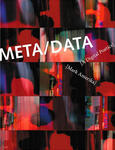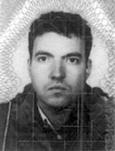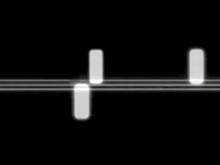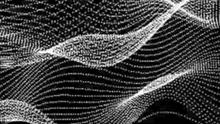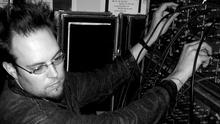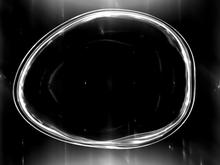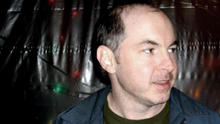formula
(2000)a constantly evolving work updated with each presentation, is a perfect synchronization between Ryoji Ikeda's sound frequencies and the movements on the screen.
formula places the viewer in a binary geometry of space, and exploits the darkness to amplify the perceptions, with outstanding success. Ryoji Ikeda aims for the complete integration of the various elements, composing music, images, lighting and orchestrating the relationships between them through a highly precise score.
Source: Ryoji Ikeda's Website
In live performance, Ryoji Ikeda combines his high impact sound with video projections synched perfectly to the music. Digitally generated graphics, high-speed video sequences and stroboscopic lighting connect with the sound to create a spectacular yet intimate experience for the viewer.
"Utterly mesmeric.. It was a powerfully physical event, probing the effect on the body of visual and sonic repetition and sucking the spectator into a vibrant monotone world." - The Wire
Source: Forma
formula is a concert in which the artist is not on stage. Instead, a huge white screen and stage surface are the setting for an immersive world of projected images, punctuated by dazzling bursts of stroboscopic lighting.
formula [ver.2.3] presents the next stage in the development of this constantly evolving work, which is updated with each performance through a live mixed soundtrack.
formula presents a perfect synchronization between Ryoji Ikeda's sound frequencies and the movements on the screen. It places the viewer in a 'binary geometry of space', and exploits the darkness to amplify the perceptions, with outstanding success.
In this work which occupies a space somewhere between the concert, cinema and installation, Ikeda aims for the complete integration of the various elements, composing music, graphics and video, and orchestrating the relationships between them through a meticulous score.
Source: Forma
